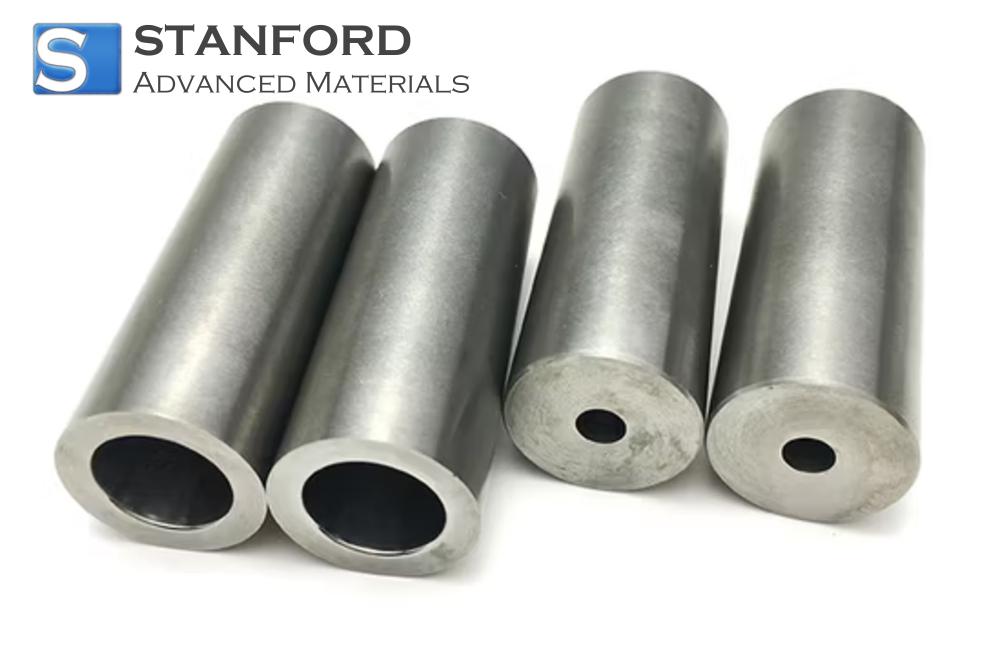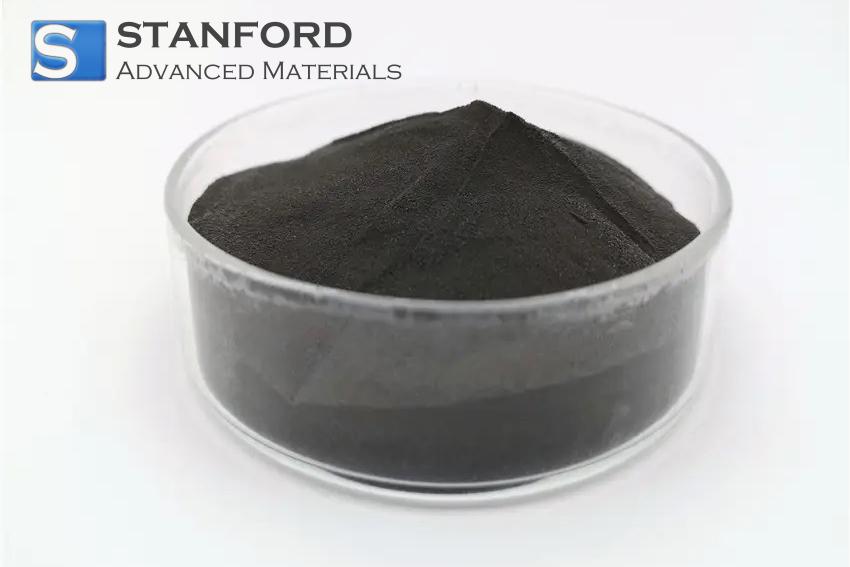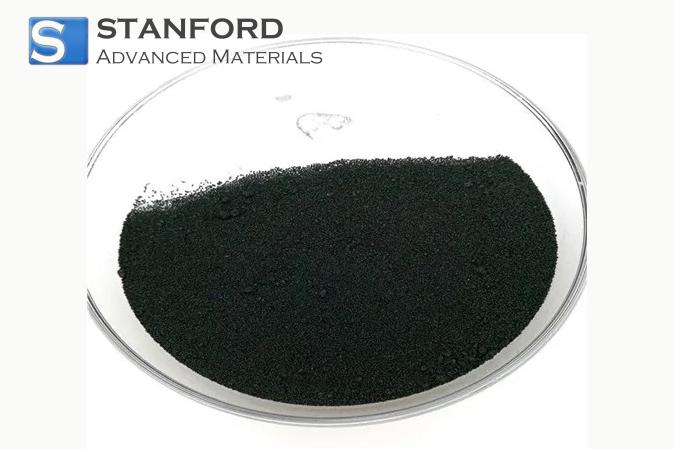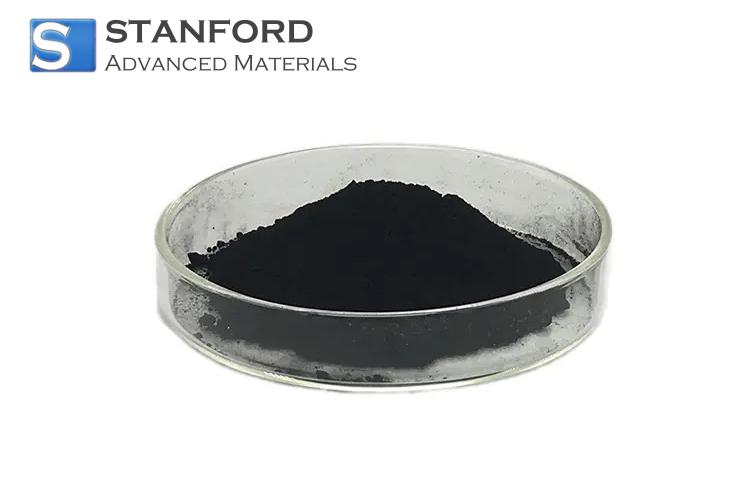Lanthanum: Element Properties And Uses
Description
Lanthan is a soft, silvery‑white rare earth metal known for its high reactivity. Owing to its excellent electrical and optical properties, it is used in hybrid vehicle batteries, optical lenses, catalysts and high‑performance ceramics.
Introduction to the Element
Lanthan is one of the rare earth elements that has attracted the attention of both science and industry over the years. It is found in various minerals and is known for its specific properties and its role in several advanced applications. Its use in optical high‑performance glasses, catalysts and carbon arc lamps has led researchers and engineers to study its characteristics in detail.
Description of Chemical Properties
Lanthan exhibits several chemical properties that distinguish it from many other metals. It is a soft, ductile, silvery‑white metal that, when exposed to air, rapidly forms a thin oxide layer. Its reactivity, especially when finely divided, leads to its ready combination with oxygen to form lanthanum oxide.
Its reactivity with water is moderate; on contact with moisture, lanthan slowly converts into a hydroxide. Consequently, it is stored under oil or in an inert atmosphere.
Lanthan typically exhibits an oxidation state of +3, as is common among the rare earth elements. This oxidation state contributes to its stability and its utility in various chemical reactions, particularly in catalytic processes. Its capacity to form stable compounds with other elements is important for the synthesis of materials with defined optical and magnetic properties.
Table of Physical Properties
|
Property |
Value |
Unit |
|
Atomic Number |
57 |
- |
|
Atomic Mass |
138.91 |
u |
|
Density |
6.15 |
g/cm³ |
|
Melting Point |
920 |
°C |
|
Boiling Point |
3 464 |
°C |
Further information is available from Stanford Advanced Materials (SAM).
Processing Methods
The extraction and processing of lanthan is essential to ensure its availability for industrial applications. Typically, lanthan is sourced from ores such as monazite and bastnäsite. The extraction process begins with the physical separation of these minerals from the ore. Following separation, the ores are subjected to chemical treatment, during which the rare earth elements are leached using acid. The resulting solution is then processed to precipitate lanthan, usually in the form of its oxide, which is subsequently refined. Modern processing methods employ solvent extraction and ion‑exchange techniques to increase the purity of the final product.
Common Applications
Lanthan is utilised in several fields due to its varied properties. One primary application is in the manufacture of carbon arc lamps, where it contributes to the production of bright white light that is essential for studio lighting and projection systems.
Furthermore, lanthan is used as a catalyst in petroleum refining and other chemical processes. Its addition to glass formulations improves the clarity and refractive properties of optical components, making it indispensable in the manufacture of quality camera lenses and precision instruments.
Additionally, alloys and compounds based on lanthan are increasingly employed in the development of batteries and fuel cells, thereby contributing to advancements in renewable energy technologies. The wide range of applications of lanthan underlines its significance in industries spanning from energy to electronics.
Frequently Asked Questions
What is lanthan?
Lanthan is a rare earth element that, owing to its specific chemical and physical properties, is utilised in various advanced technological applications.
How is lanthan produced?
Lanthan is produced from minerals such as monazite and bastnäsite using chemical processes, including acid leaching and solvent extraction, to obtain high‑purity lanthan compounds.
What are the common uses of lanthan?
Lanthan is commonly used in carbon arc lamps, catalysts, optical glasses and batteries, making it essential for both lighting and energy sectors.
What are its chemical properties?
Lanthan is a soft, ductile metal that readily oxidises, forming lanthanum oxide. In its compounds, it typically exhibits an oxidation state of +3.
Which industries utilise lanthan and its compounds?
Industries such as electronics, automotive and renewable energy employ lanthan and its compounds for catalysts, optical components and alloys.

 Bars
Bars
 Beads & Spheres
Beads & Spheres
 Bolts & Nuts
Bolts & Nuts
 Crucibles
Crucibles
 Discs
Discs
 Fibers & Fabrics
Fibers & Fabrics
 Films
Films
 Flake
Flake
 Foams
Foams
 Foil
Foil
 Granules
Granules
 Honeycombs
Honeycombs
 Ink
Ink
 Laminate
Laminate
 Lumps
Lumps
 Meshes
Meshes
 Metallised Film
Metallised Film
 Plate
Plate
 Powders
Powders
 Rod
Rod
 Sheets
Sheets
 Single Crystals
Single Crystals
 Sputtering Target
Sputtering Target
 Tubes
Tubes
 Washer
Washer
 Wires
Wires
 Converters & Calculators
Converters & Calculators
 Write for Us
Write for Us





 Chin Trento
Chin Trento



